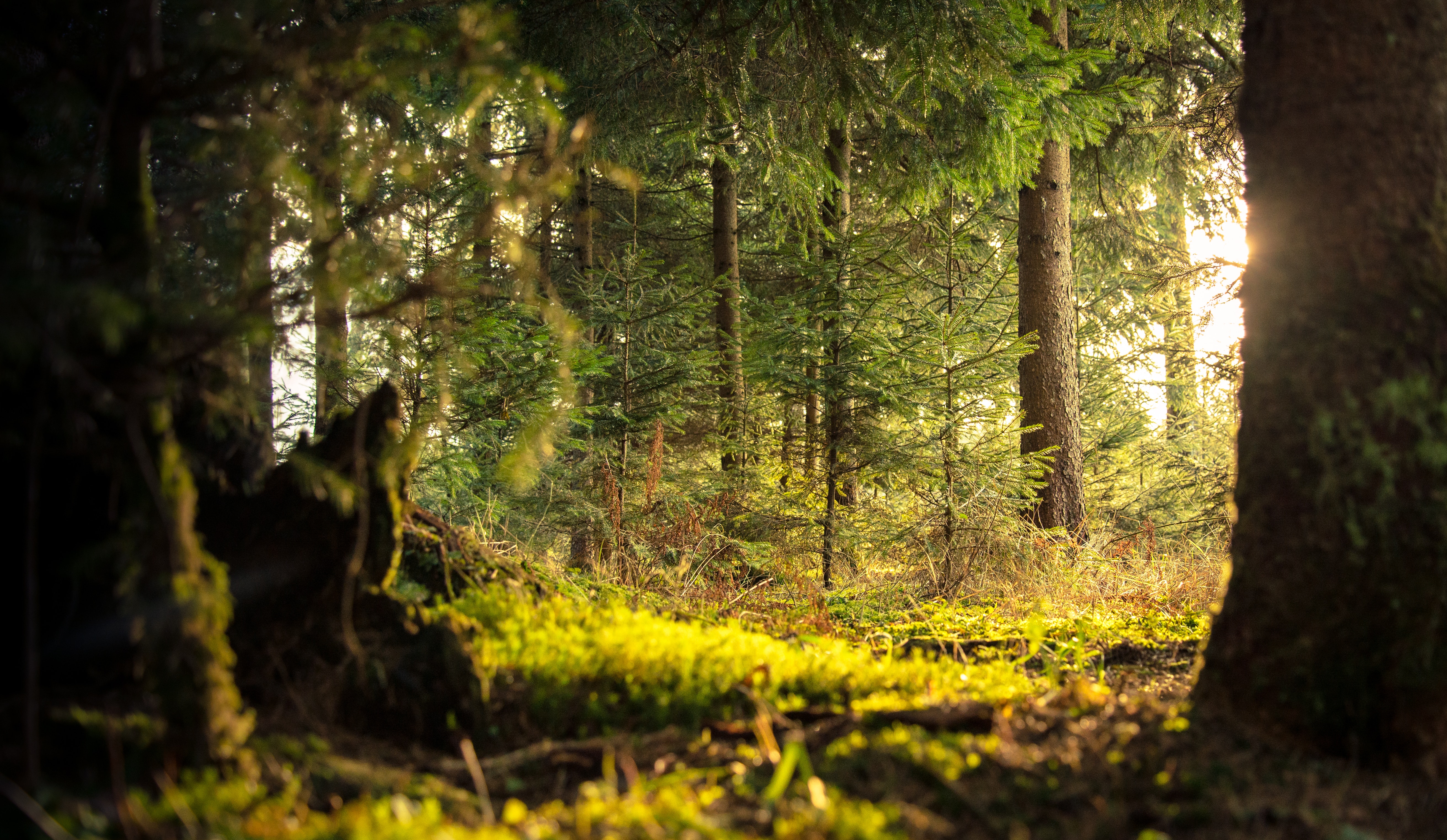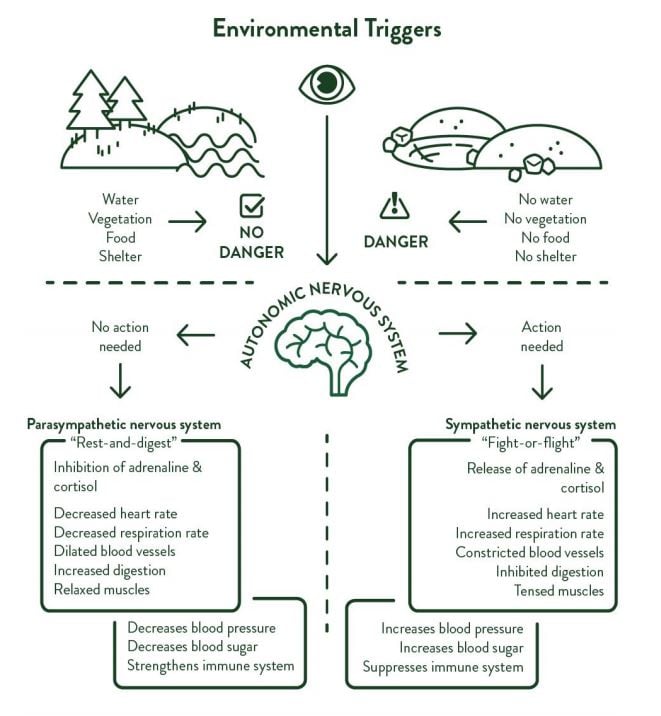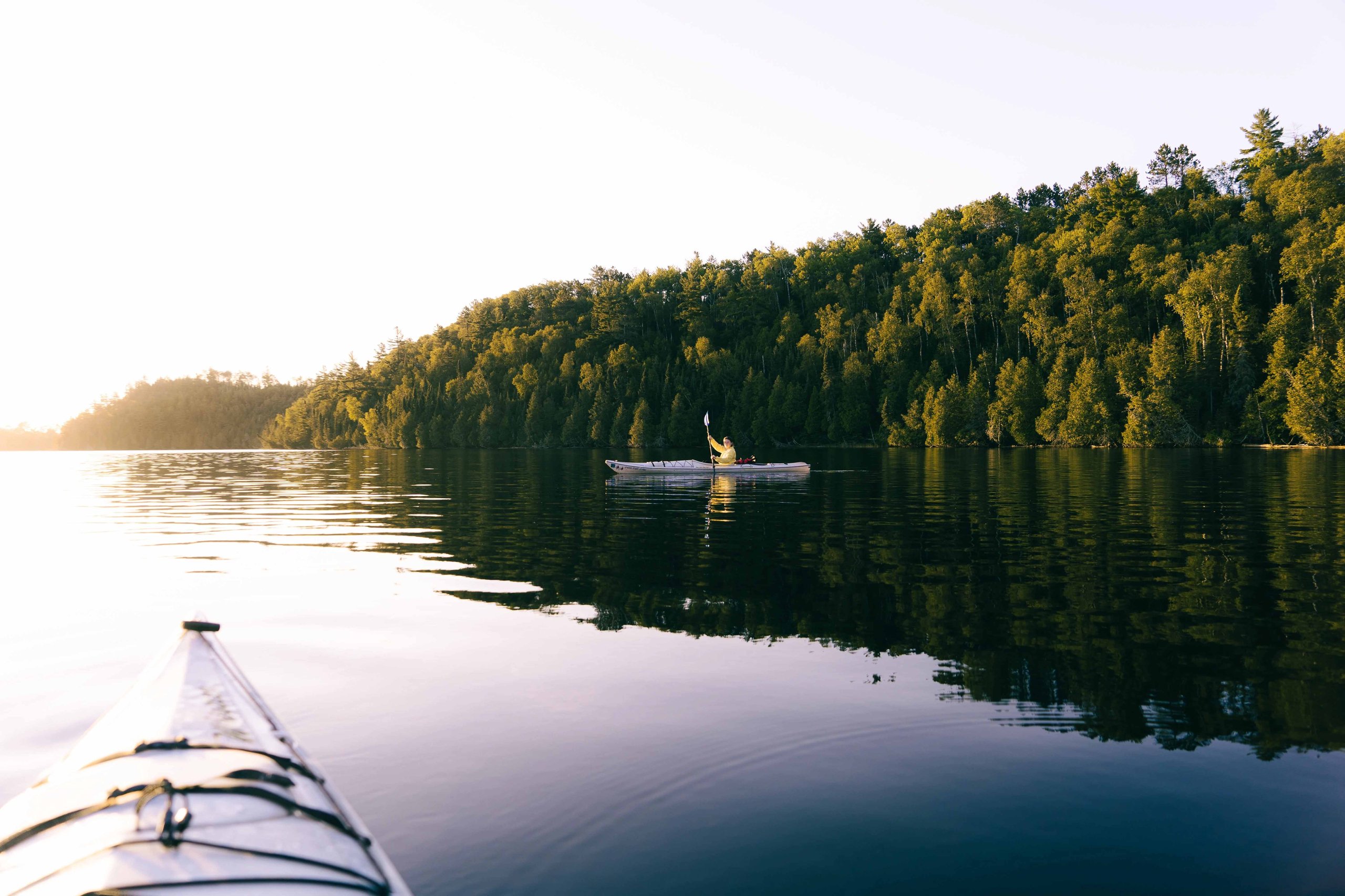Editorial Posted by Naava on June 16, 2021
Your Brain on Nature
What does nature do to our brain?
Our brains and bodies have been and are constantly being shaped by our environment. As the landscape of the earth is changing more rapidly than ever due to human influence, it has become more important than ever to understand the relationship we have with nature. Even though we as a species are capable of adapting our behavior greatly in order to thrive in our modern environments, our brains and physiology are inherited from our ancestors who evolved in very different conditions. Therefore, it is important to acknowledge how both nature and the absence of nature affect us.
Influential biologist Edward O. Wilson proposed that contact with nature is a universal, basic human need, and not a matter of cultural or individual preference. It has been suggested that our brains have evolved to prefer living among a high diversity of plant and animal life for food and resources, high vegetation for refuge and protection, and natural water sources for drinking and bathing. Obviously, as we today are living in very different, increasingly urban circumstances, the absence of these elements is bound to affect us.

NATURAL VS. URBAN SCENERIES
When compared to urban settings, there emerges an overwhelming preference towards natural sceneries among humans regardless of cultural differences or other demographic variables. This can be seen in brain activity as well. Viewing rural sceneries activates the region of the brain that is associated with pleasure. Urban sceneries, on the other hand, do not trigger this pleasurable effect. Additionally, when we introduce artificial elements (e.g. power lines) into otherwise natural environments, the positive impact of the landscape drops significantly.
One related theory suggests that these effects could be caused by the visual value of nature; some people simply find natural elements pleasing to the eye. Biophilic theory introduces an unconscious mechanism behind the value of nature: the preference of natural environments is likely mediated by perceptions of the environment’s potential to provide restoration from stress.
In contrast, the lack of plants and other natural elements may indicate an unsafe environment and cause our brains to induce stressful reactions. This suggests that even individuals who do not express appreciation for plants and nature in general, could still experience negative effects from their absence. Thus, our brain reacting to the absence of nature could be something very unconscious.

"FIGHT-OR-FLIGHT" OR "REST-AND-DIGEST"?
When we face something we are afraid of, we experience a physical reaction. Our heartbeat and breathing hastens, our muscles tense and our digestive process slows down. This is caused by the activation of our sympathetic nervous system, and is known as the “fight-or-flight” or acute stress response. The purpose of this reaction is to prepare us for a challenging situation, whether it be fighting or fleeing. Together with the “rest-and-digest” reaction of the parasympathetic nervous system, our autonomic nervous system keeps a balance between stress and rest through a process called allostasis.
However, an imbalance in the autonomic nervous system can lead to chronic stress and a so-called allostatic load. While short term stress is important in some situations, frequent or chronic activation of the stress response can result in physiological wear and tear caused by exposure to stress hormones like adrenaline and cortisol. Adrenaline is responsible for the immediate stress reaction, whereas cortisol is released continuously during stress.
A multitude of studies confirm how negatively long-term chronic stress affects our health and well-being, causing conditions such as high blood pressure, heart disease, type two diabetes, metabolic damage, and mental health problems. Common causes for chronic stress derive from our modern environment and fast-paced lifestyle, both of which can be psychologically demanding. Work, especially, is one of the most significant contributors of stress and stress-related illness. The indoor work environment, therefore, is arguably in the greatest need of nature’s intervention.

SHOW YOUR BRAIN SOME LOVE
Providing our brain with signals of a safe environment means that our body and brain are allowed to restore and maintain their energy. Stress Recovery Theory (SRT) suggests that non-threatening natural environments promote physiological recovery and relaxation through innate, adaptive responses related to safety and survival. Because of this restoring effect, we are also capable of performing better on tasks that require directed attention, i.e. the ability to control distractions through the use of inhibitory mechanisms.
Directed attention plays a crucial role in successful cognitive and emotional abilities and short-term memory. Exposure to nature improves many aspects of human health and well-being, and can also be a useful way of improving concentration, performance, productivity and cognitive abilities. Nature therapy is already being used as an effective means to treat various problems related to these conditions. For example, studies have shown that contact with nature improves concentration of attention-deficient children, pregnant women, and newly diagnosed cancer patients. Nature intervention could therefore be especially helpful when targeted to groups or situations with special needs.

